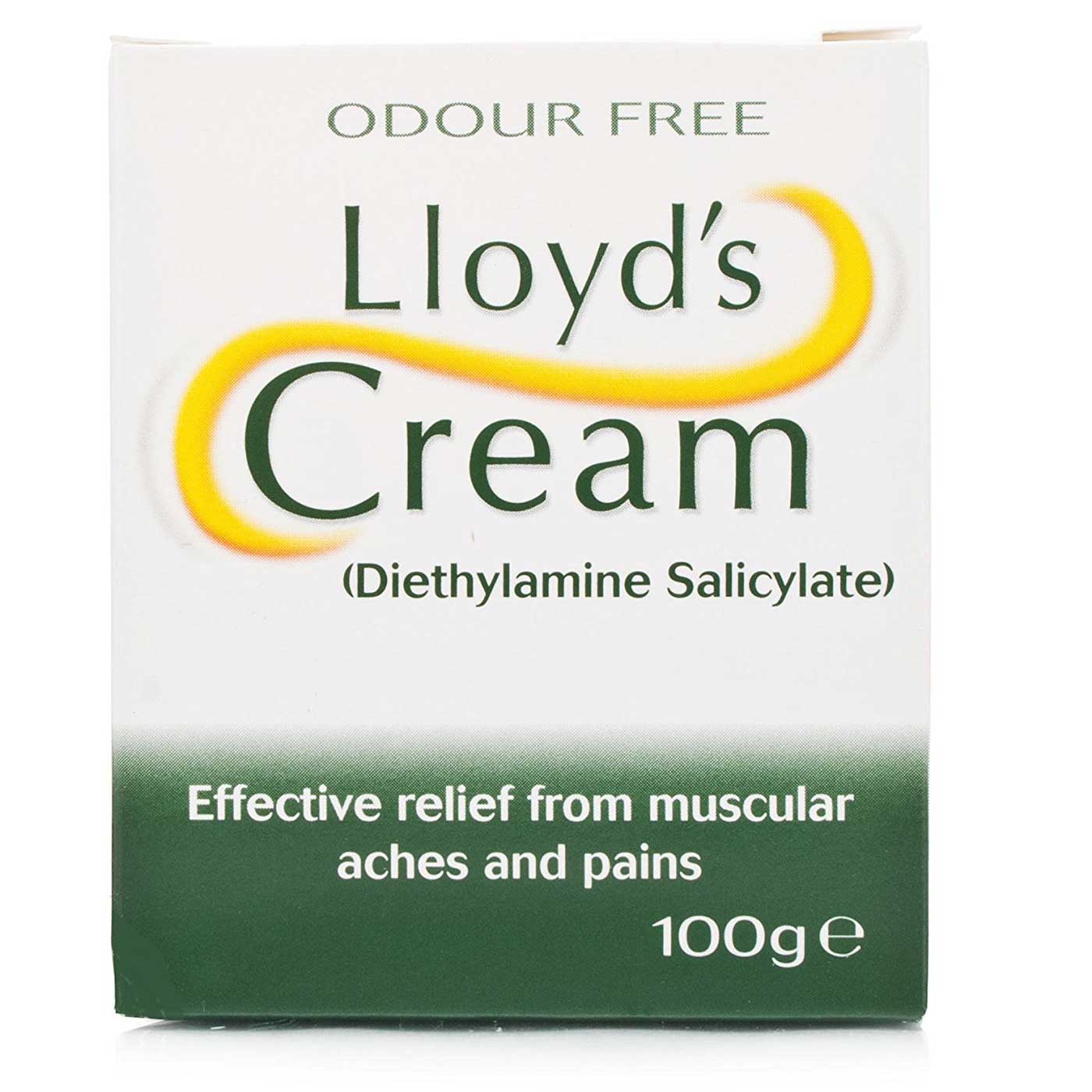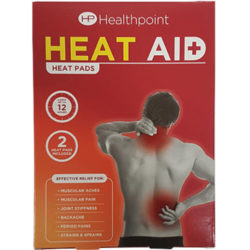Back Pain
Back pain is a common problem that affects most people at some point in their life. It may be caused by bad posture while standing or sitting, bending awkwardly, or lifting incorrectly. It’s not normally caused by a serious condition.
Pain in the lower back (lumbago) is particularly common, although it can be felt anywhere along the spine – from the neck down to the hips. Estimates suggest that 80% of people in the developed world will have experienced at least one bout of lumbago or lower back pain in their lives.
Products such as Lloyd’s Cream can be very useful in relieving a bad back. Similarly, supplements such as Devil’s Claw can also help.
Showing all 3 results
What is back pain?
Back pain is very common and a major cause of disability and people having days off work. The majority of back pain problems are not serious and only last a few days or weeks and will usually sort themselves out.
Back pain might also be referred to as lumbago. Pain in the back usually comes from the muscles, ligaments and joints not moving as they should.
The back
The back is a very complex delicate system, so it will probably be helpful if we tell you a little about the back and how it is made up.
The spine has 2 main functions, to support the body (helping you to sit and stand upright) and to protect the spinal cord. The spinal cord is composed of millions of nerves that help transmit information from the brain to the rest of the body. The spine is made up of 33 small bones, which are called vertebrae and each one is shaped like a ring. There are five types of vertebrae in the spine, all with different jobs:
- The first vertebrae are called the cervical vertebrae, there are seven of them and they can be found in the back of your neck.
- The next vertebrae are called the thoracic vertebrae, there are twelve of them and they help support the rib cage.
- The next vertebrae are called the lumbar vertebrae, there are five of them and they make up the lower back. These are the largest vertebrae and they bear the majority of the upper body’s weight.
- Following on from the lumbar vertebrae are the sacrum vertebrae, there are five of them that are all fused together.
- Lastly, at the bottom of your spine is the coccyx or tail bone, which is made up of four vertebrae. As we grow older the sacrum vertebrae and the coccyx fuse together so in some places you may read that the spine is only made up of 24 vertebrae (bones).
In between each vertebra are small soft discs made of cartilage, which cushion the vertebrae and prevent them from rubbing against one another.
What causes back pain?
In the majority of cases it can be difficult to identify the exact cause of backache. However, the way you use your back is a common cause, for example, pain that comes on suddenly is usually caused by a physical injury, such as a strained muscle from lifting something heavy, a fall or from a sudden, awkward movement. Persistent back pain may be caused by poor posture, joint problems or from a disease, such as or osteoporosis.
The area of the back where you are most likely to experience pain is the lower back (the lumbar region). This is because it is the part of the back which is used the most frequently and it is under constant stress from bending and twisting. You are more at risk of back pain if:
- You are overweight.
- You are a smoker.
- You are pregnant.
- Your job involves repeated heavy lifting.
You may also experience back pain because of a prolapsed disc or ‘slipped disc‘ as it is more commonly known. A slipped disc occurs when the outer casing of the disc (which protects the vertebrae) is damaged in some way, causing the centre of the disc to pop out of position, this will often put pressure on the spinal cord or the nerves in the area. When this occurs you may experience muscle spasms, pain and limited movement. Slip discs can be caused by injury from an accident or from heavy lifting.
What are the symptoms of back pain?
The symptoms you experience could be anything from a nagging backache to a crippling pain in any area of the back or buttocks. This pain may be accompanied by stiffness or numbness. The pain may be worse when bending or sitting down, especially in an easy chair.
If you feel pain that starts in the lower back, which then travels down through the leg, this is sciatica and is caused by the sciatic nerve being pinched as it leaves the spine.
If your back pain lasts for longer than 48 hours or is getting worse you should consult your doctor. You should also consult your doctor if you start to have trouble passing urine or if you feel numbness in the back passage or genitals.
Can I do anything to prevent getting back pain and avoid it returning?
Yes, follow these tips to help your posture and prevent problems with your back:
- When lifting heavy weights, let the legs to do the work, make sure you bend your knees and not your back.
- Try not to slump when sitting.
- When sitting at a keyboard try to alter your position after long periods of time.
- Walk straight, not with your shoulders hunched up.
- If you are overweight, try to lose those extra pounds so you are not putting extra strain on your back.
- Get regular exercise to strengthen the back muscles. Swimming is the best form of exercise as the water supports your body.
- You should also quit smoking as smoking affects the blood supply to your back, reducing the nutrients getting to your muscles.
- When carrying shopping, try to carry similar loads on both sides. If there is a shopping trolley available you should use it.
- On long car journeys, stop regularly and walk around. You should also avoid being the driver.
- Make sure you have a firm bed.
Will I need to have any tests?
If you keep suffering with your back, your doctor may give you a physical examination and take some blood tests to check for any forms of arthritis. If a prolapsed disc is suspected you may need to have an x-ray or a scan, though this isn’t usually helpful.
How is back pain treated?
Fortunately most people who suffer with back pain will get better on their own, within days or weeks. If you can manage the pain at home with paracetamol and hot pads (or hot water bottles) then there is no need to see your doctor. However, do not lie in bed all day, this is not a cure and might even make you worse, instead try to carry on with normal activities. You should only lie down during the day if the pain is unbearable.
If the pain is severe your doctor will be able to prescribe stronger painkillers or anti-inflammatory drugs. He/she may also suggest exercises that you should try or refer you to a physiotherapist.







